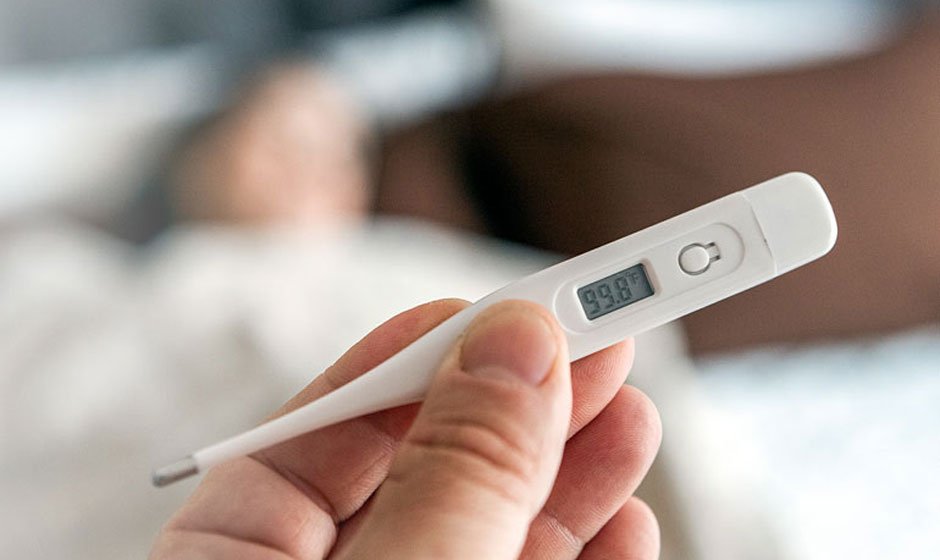If you or someone in your household is dealing with ringworm or other fungal infections, it’s important to take precautions when doing laundry. Fungi spores can easily spread to clothing, towels, and other fabrics, increasing the risk of re-infection or spreading the fungus to others. Read on for tips on preventing the spread of fungal infections in laundry and how to kill fungus spores effectively.
Understanding Ringworm and Fungal Infections
Ringworm is a fungal infection that commonly affects the skin on the body, scalp, or feet. Other common fungal infections include athlete’s foot and jock itch. These infections are caused by different types of fungi and can be spread through direct contact with infected skin or contact with items contaminated with fungal spores.
How to Prevent the Spread of Fungal Infections in Laundry
Invest in a Shoe Dryer
Fungal infections thrive in warm and moist environments, making shoes a common breeding ground. Investing in a shoe dryer can help to prevent the growth of bacteria and fungus by quickly and thoroughly drying out shoes after wear.
Separate Infected Laundry from Clean Clothes
To prevent the spread of fungal infections in laundry, it’s important to keep infected items separate from other clothing and textiles. This can be done by using a mesh bag for holding infected laundry or a separate hamper for infected items. If using a plastic basket or hamper, wipe it down with a diluted solution of chlorine bleach and water while each load is in the washer.
Disinfect Items Regularly
Gym bags, backpacks, and other items that come into contact with infected skin or clothing should be disinfected regularly. If these items cannot be washed in hot water, use disinfectant wipes or a cloth dipped in diluted chlorine bleach and water for a thorough inside cleaning. Allow the items to air dry completely before using them again.
It’s also important to clean and disinfect shoes after each wearing, if possible. Allow at least 24 hours between wearings to allow shoes to dry completely.
Use Hot Water for Infected Laundry
Hot water is the most effective way to kill fungus spores and prevent the spread of fungal infections in laundry. Use hot water (140°F or 60°C) and your regular detergent for infected laundry. Lower temperatures will not kill the fungus and can transfer spores to other fabrics in the same load.
For white cotton socks, you can use chlorine bleach along with hot water to disinfect the fabric. For colored socks and clothes that cannot be washed in hot water or exposed to chlorine bleach, use a non-chlorine disinfecting method. Wool socks that cannot be washed at a high temperature should be disinfected using a non-chlorine disinfectant and cold water wash.
Dry Infected Laundry on High Temperature
Drying infected laundry on the highest suggested temperature in a tumble dryer can help to ensure that the fungus is dead. Avoid air drying infected laundry, as this can allow fungus spores to continue to thrive and spread.
Conclusion
By taking these simple steps, you can effectively prevent the spread of fungal infections in laundry and keep your household healthy and safe. Investing in a shoe dryer, separating infected laundry, disinfecting regularly, and using hot water and high-temperature drying can help to kill fungus spores and prevent the spread of ringworm and other fungal infections.



